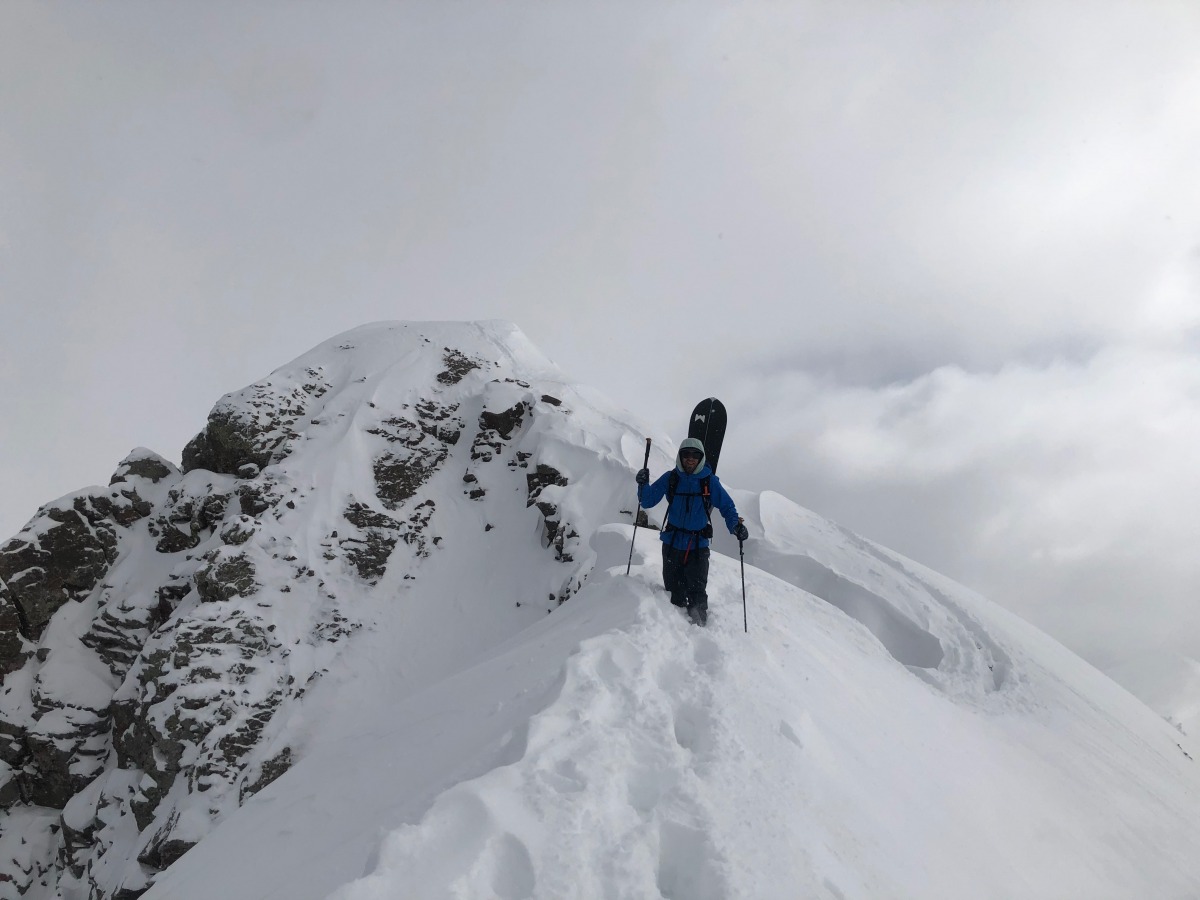
Traversing a ridge high in the San Juans. A purpose built hard boot makes this type of travel more confidence inspiring.
Phantom Snow Industries has been leading the industry in split-tech bindings for many years. The latest and greatest contribution to split-AT, or hardboot splitboarding, has absolutely been a purpose-built line of touring boots known as the Phantom Slipper and, moving forward, the Slipper HD. Grasping the depth of this innovation, and the effect on the overall sport, which has been evolving rapidly for the past two decades, is hard to do. Splitboarders who have wanted to use an AT boot and tech toe for touring have had quite literally to cut, drill, and saw their way into finding a feasible solution.
So, a boot review for splitboarding…hmm. If you’ve never been on the two plank side of things, then you might have found yourself looking for a stiff boot that’s comfortable (really challenging for a snowboard boot, right?), and it probably doesn’t matter because you’re likely to replace those boots after a season or two of use. This article is about much more than a boot review; Phantom’s contribution to the sport is more about a revolution.
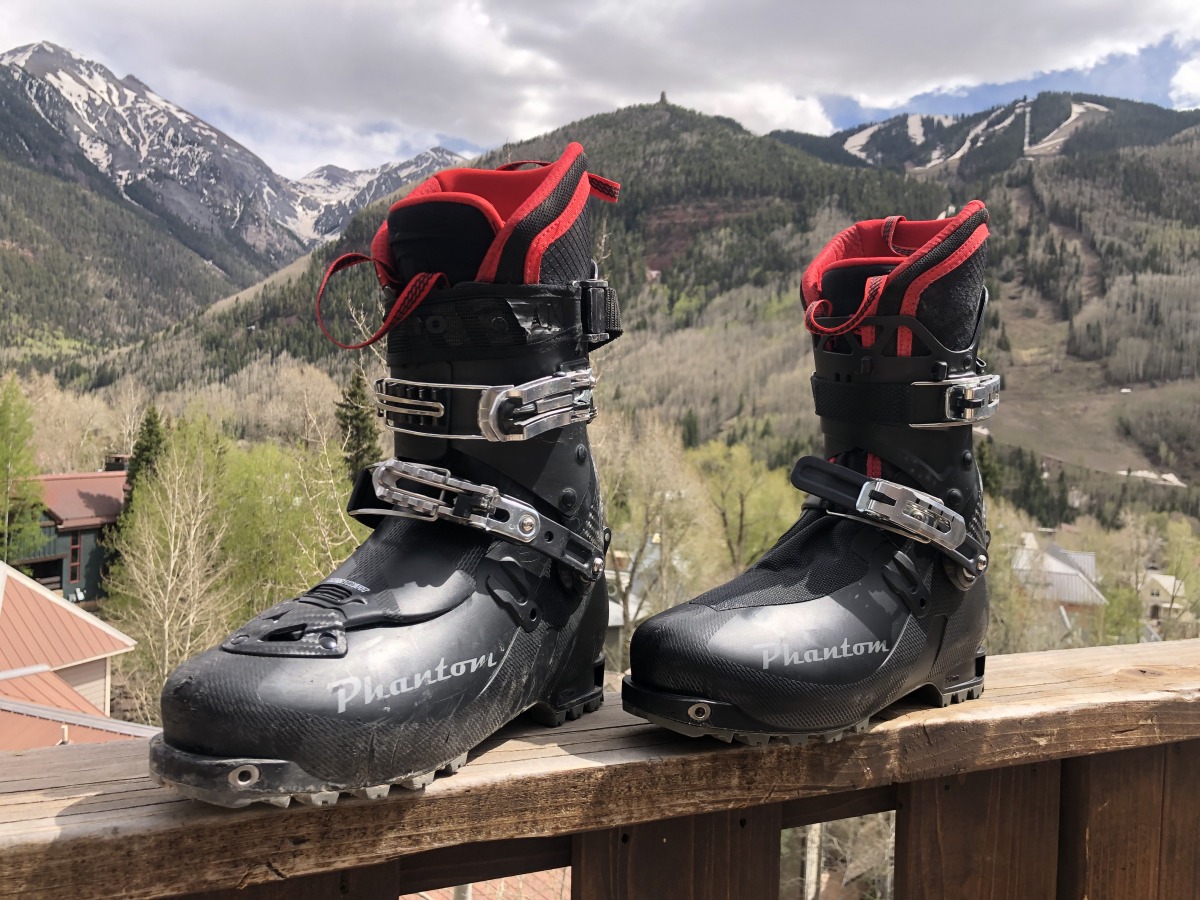
The Phantom Slipper HD (left) and the original Slipper (right).
I’ve been testing and riding the Phantom Slipper since its release in early winter 2020/21. Before that, I rode and skinned in an Atomic Backland Pro with the Phantom Link Lever for two winters of touring. I loved the Backland Pro with the linklever and was reluctant to switch to the Slipper. The Atomic boot was still modified but with significantly reduced alterations compared to what many folks were doing to old TLT6s and Arcteryx Proclines. The simple swapping out of the Linklever made these options an attractive solution to the hesitancy of switching to a split-tech system for splitboarders. I also joked that the Backland was the “one boot quiver” for those of us who are two-plank curious.
Those Backland accolades remain, but the Phantom Slipper was a necessary jump from the Backland set-up. Phantom took the pitfalls of the Backland, refined them, and developed a purpose-built boot. The Slipper is a rebranded mold of the Backland Ultimate with splitboard intention.
Phantom additions include:
– Removing the forefoot buckle.
– Adding a buckle to the cuff pivot for better heel lock.
– Changing the upper cuff buckle to separate it from the ski/walk mode lever.
– Removing the power strap.
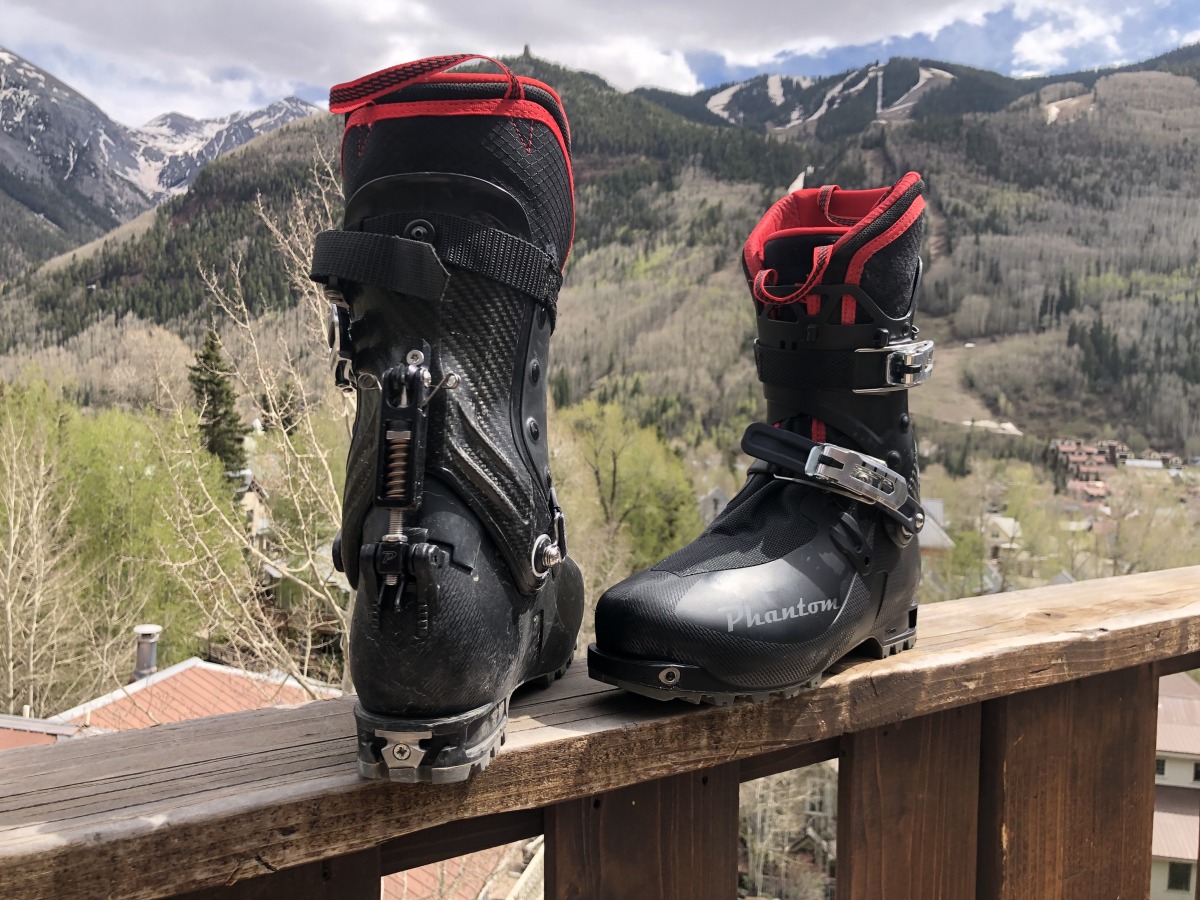
The Phantom Slipper series is the first purpose built split-tech boot in the industry.
While touring and riding in the original Slipper, I found the feel challenging when switching from my Atomic Backland Pro. The cuff height was lower on the original Slipper, making the boot feel less secure and more “floppy” when initiating turns. These characteristics were not something I was looking for from a hardboot, but that may have been an element of preference for some (this is where boot reviews become challenging). My ankle/lower leg had a few degrees of movement before my shin or calf ever put pressure on the cuff. This amounts to more motion to transfer power from my body to the board and initiate a turn.
I also noticed more play in my forefoot while touring and riding due to the change from the Backland boa system. Ultimately, I wasn’t overly impressed with the boot, and I recognize much of that likely stems from my preference and adjustment to the Backland Pro (higher cuff, power strap, etc). Also, the lower built-in gaiter decreased the boot’s water resistance while boot packing or touring in deep snow. I prefer a full height gaiter for proper weatherproofing.
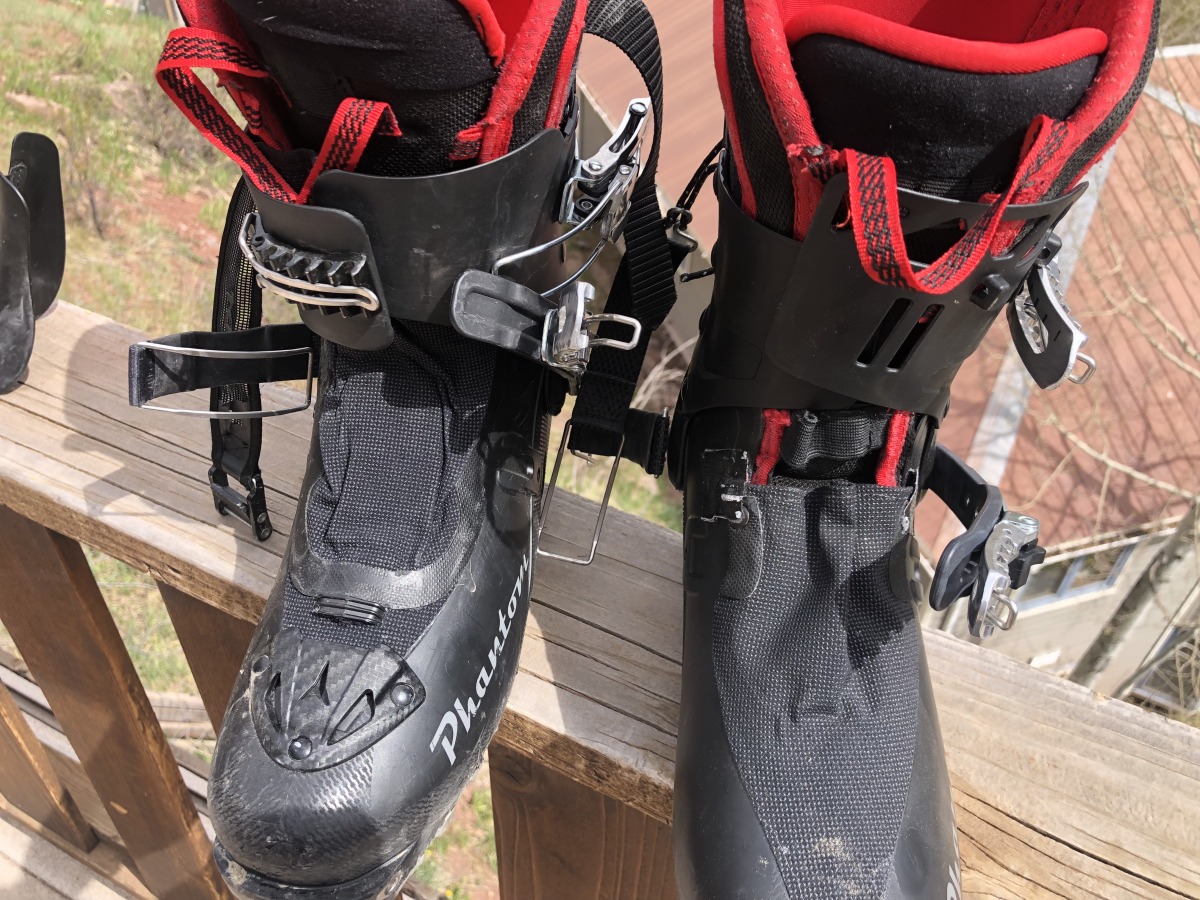
You can see the significant built in gaiter height difference between the Slipper HD (left) and the Slipper (right).
Late fall and into winter 2021/22, Phantom revamped the Slipper series and introduced the new Slipper HD: This will be the new platform moving forward for their boot line. To make a short story shorter, I am a fan, and this will be my go-to boot for splitboarding.
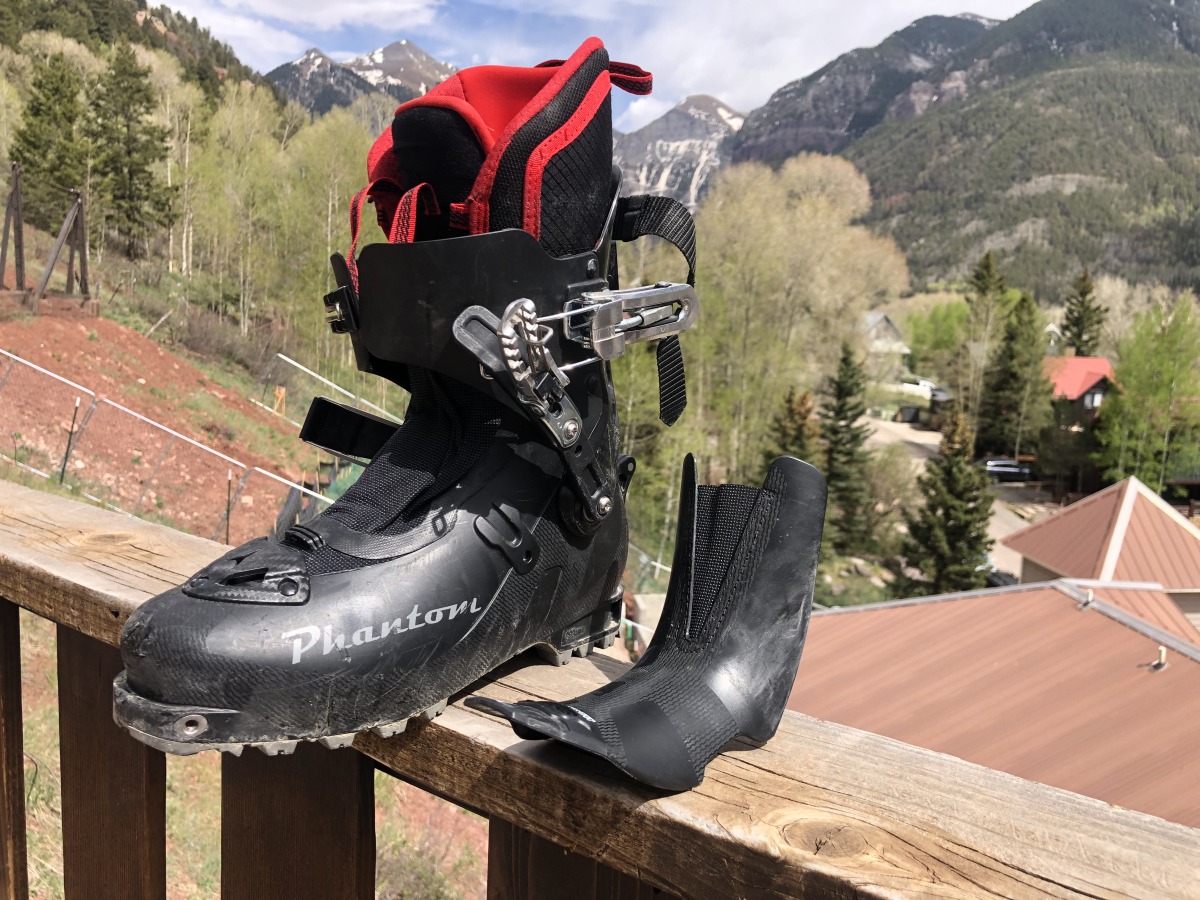
Phantom Slipper HD with a removable tongue for increased fit/feel versatility.
The Phantom Slipper HD has several features that improve the fit, performance, and adjustability over the original Slipper (and other options such as the Atomic Backland Pro). The Slipper HD is a repurposed Backland Carbon with a removable cuff option. For the skiers tuning in, you may recognize the shell as an older model from approximately 2018/19.
Pros
-Lightweight touring boot.
-Low profile design, which is a significant feature compared to regular soft boots.
-Same pivot buckle as the Slipper for solid heel hold.
-Heat moldable shell and liner allow for truly custom fit.
-Upper buckle sits flat when open during touring mode, and is easily closed for the descent.
-A removable tongue protects the gaiter and allows for fit and style preference/adjustability on the up and the down.
-Full height gaiter keeps the snow/water out and your feet dry.
-Option to add a power strap to improve the cuff feel.
The relatively simple and low-profile design of the Slipper HD is a more reliable boot for long tours or expeditions in the mountains. Specifically, the boa system on my Backland Pros broke and is nearly impossible to replace. The pivot buckle removes the need for a boa system, and the removable tongue improves the fit compared to the original Slipper. The moldable shell and liner also allow for a wide range of fits, which is often a concern for a low volume AT boot like this. I have added an after-market power strap to my boot, which seems to alleviate my preference for the taller cuff of the Backland Pro.
Overall, my only gripes about the Slipper HD are the cuff height, which has to do with personal preference, and the thin stock liner for cold weather touring and expeditions. Once again, preference goes a long way here, and I may have adjusted my riding style and mechanics to the higher cuff modified boots I used before opting for the Slipper HD. Heated socks and overboots solved the thin liner issue and provided me success and fully intact toes on a Denali summit climb/ride last spring.
Phantom Snow Industries is responding to the need of the split-tech industry. Their moves prove the presence of a consumer base and the viability for future innovation.
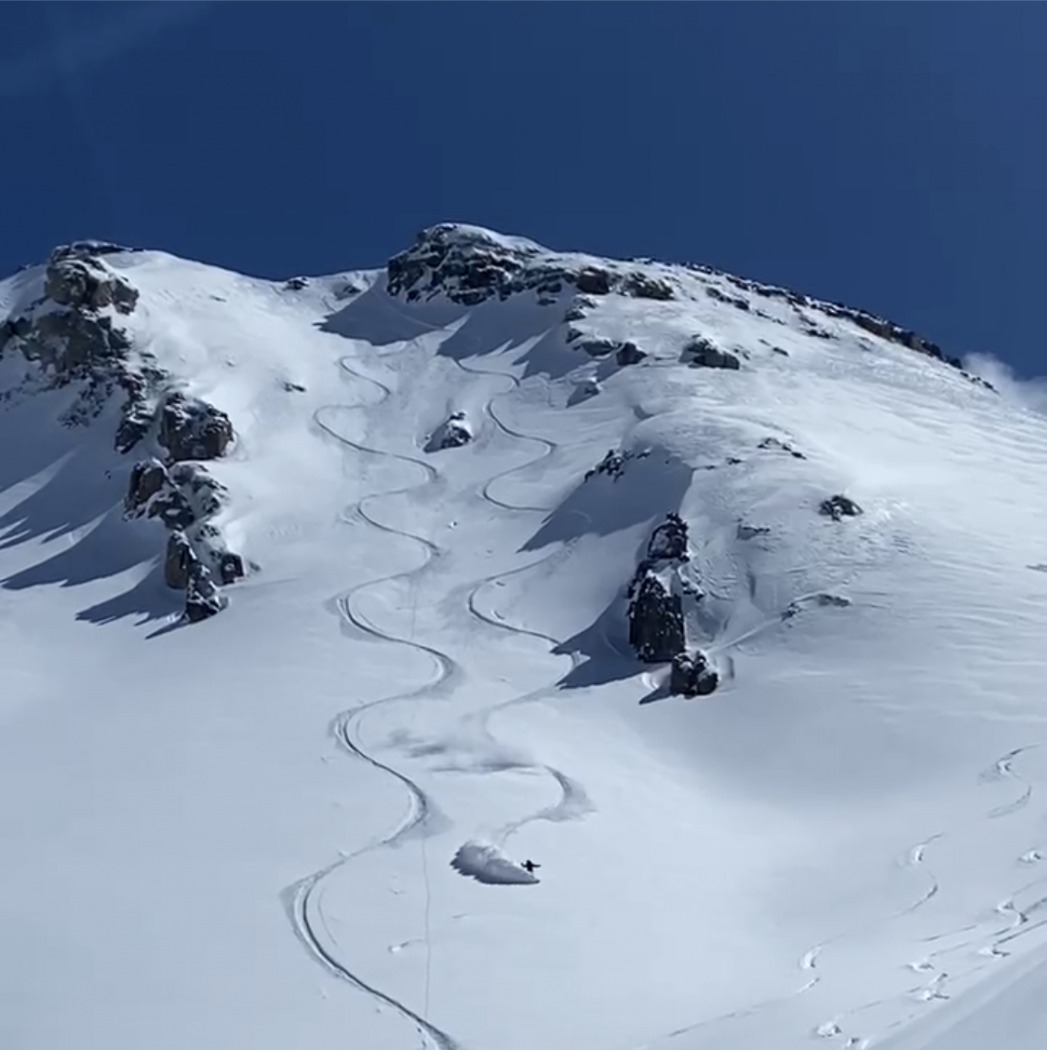
An efficient ascent before the heat of the day got to it!
You can shop for Phantom Snow Industries boots, bindings, and other innovations here.

Jonathan Cooper (“Coop”) grew up in the Pacific Northwest and has been playing in the mountains since he was a teen. This was about the same time he made the fateful decision to strap a snowboard to his feet, which has led to a lifelong pursuit of powdery turns. Professionally speaking, he has been working as a ski guide, avalanche educator, and in emergency medicine for over a decade. During the winter months he can be found chasing snow, and passing on his passion for education and the backcountry through teaching avalanche courses for numerous providers in southwest Colorado, and the Pacific Northwest. Similarly, his passion for wilderness medicine has led him to teach for Desert Mountain Medicine all over the West. If you’re interested, you can find a course through Mountain Trip and Mountain West Rescue. In the end, all of this experience has merely been training for his contributions to the almighty WildSnow.com.
